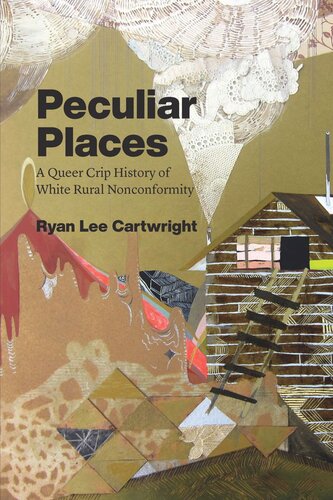

Most ebook files are in PDF format, so you can easily read them using various software such as Foxit Reader or directly on the Google Chrome browser.
Some ebook files are released by publishers in other formats such as .awz, .mobi, .epub, .fb2, etc. You may need to install specific software to read these formats on mobile/PC, such as Calibre.
Please read the tutorial at this link: https://ebookbell.com/faq
We offer FREE conversion to the popular formats you request; however, this may take some time. Therefore, right after payment, please email us, and we will try to provide the service as quickly as possible.
For some exceptional file formats or broken links (if any), please refrain from opening any disputes. Instead, email us first, and we will try to assist within a maximum of 6 hours.
EbookBell Team

4.8
14 reviewsPeculiar Places narrates queer and disability histories of white social nonconformity in twentieth-century rural United States. Ryan Lee Cartwright contends that, during the last hundred years, rural American gossip about queer and peculiar white neighbors crystallized into a national optic of white social degeneracy. Cartwright points to a tension between the idyll (rooted in the national myth of the Jeffersonian yeoman farmer and his idealized family) and the anti-idyll (the aberrant sexuality, gender transgression, and anomalous bodies and minds that are associated with rural white populations). Cartwright examines the anti-idyll in different genres from the 1910s through the 1990s: popular science in the 1910s and early ’20s, documentary photography in the ’30s, news media in the ’50s, poverty tours in the ’60s, horror films in the ’70s and early ’80s, and documentary films in the 1990s.